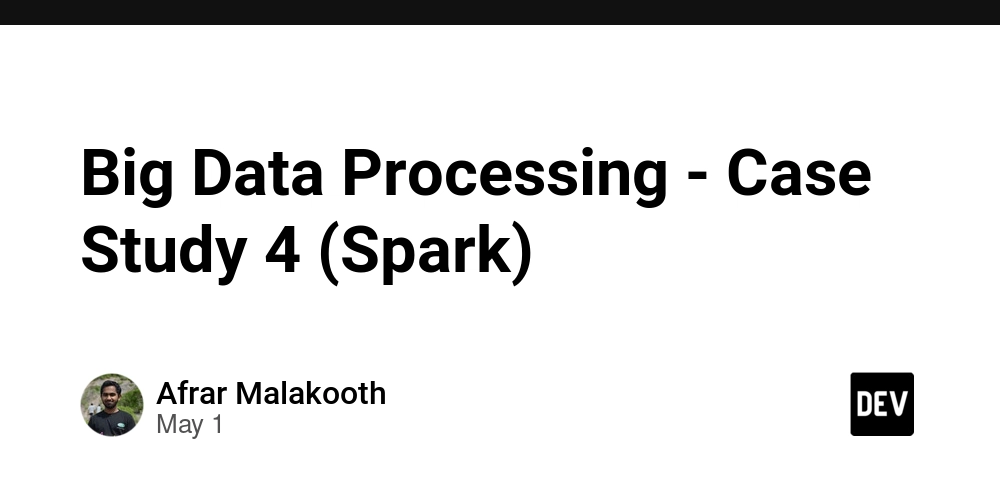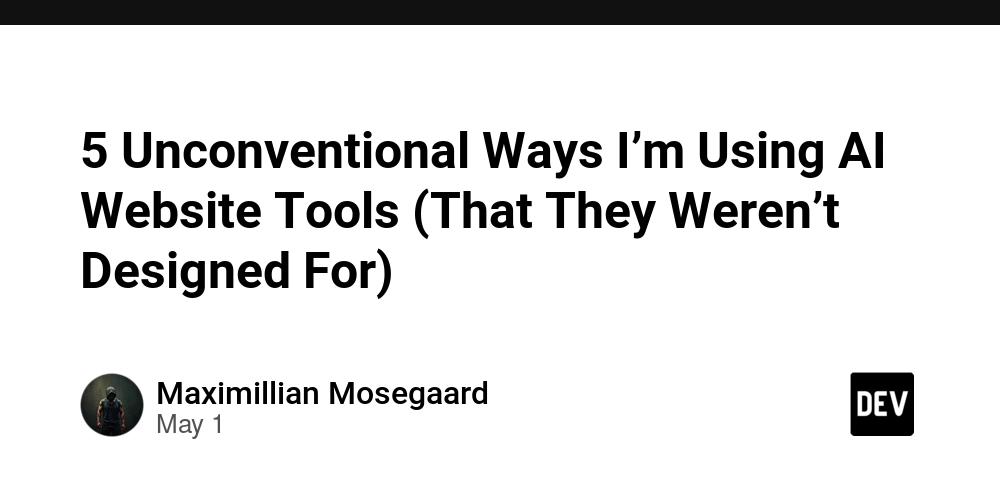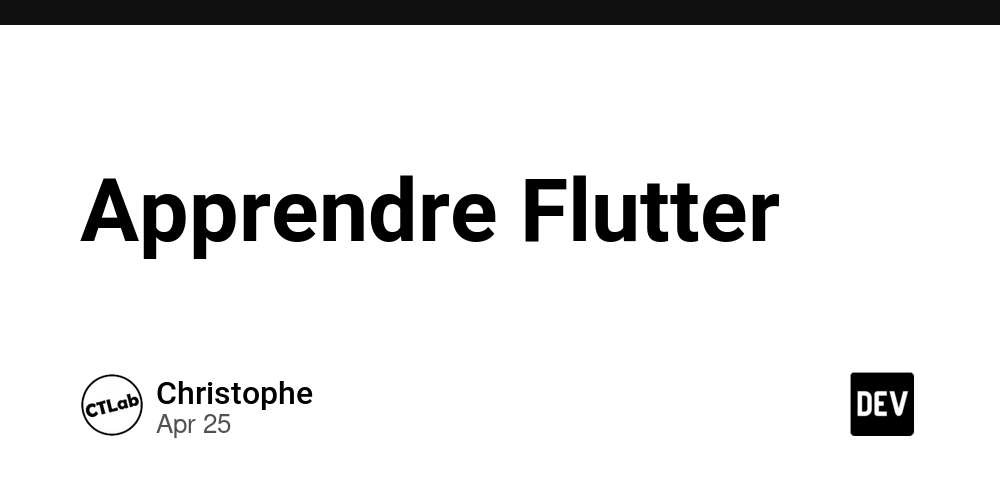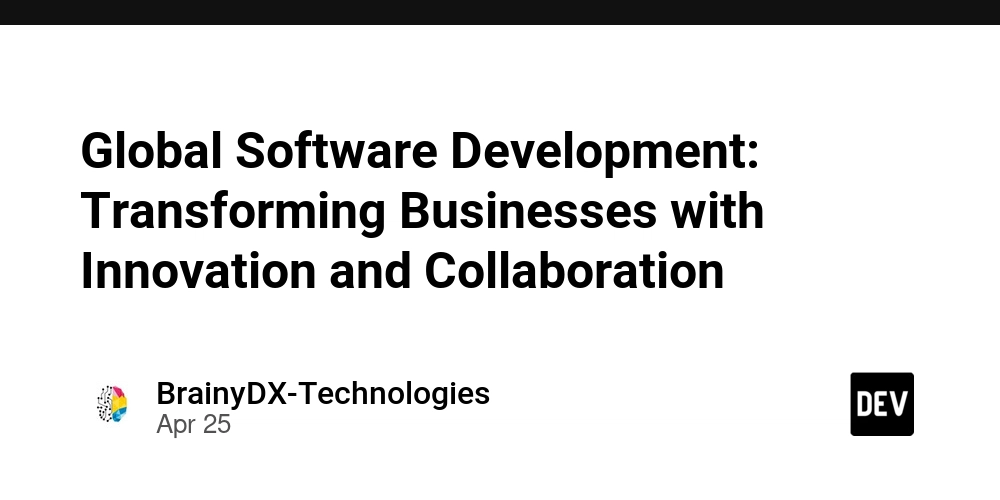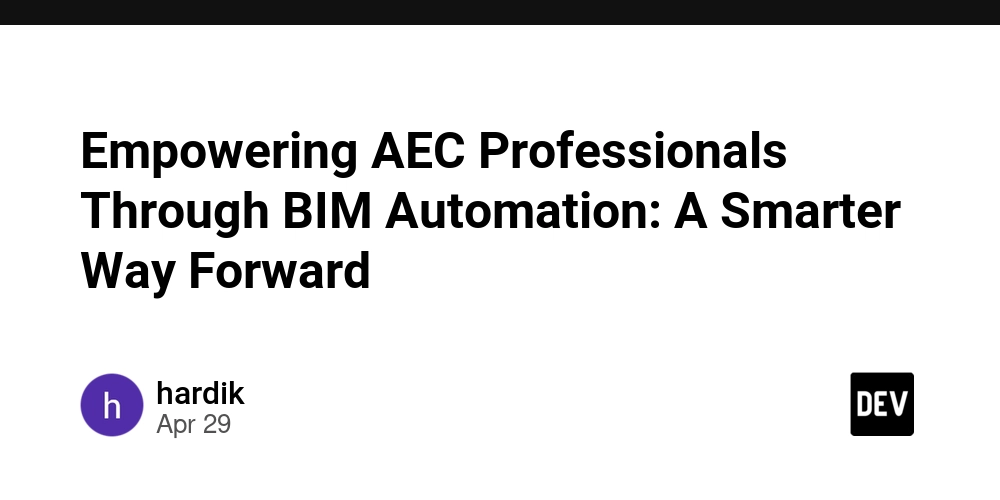The Future of Crowdfunding Open Source Projects with Blockchain
Abstract: This blog post explores the convergence of blockchain technology with crowdfunding for open source projects. We dive deep into how platforms like Gitcoin, Open Collective, and KickICO are reshaping funding models. With technical insights, historical context, practical use cases, and upcoming trends, we illustrate how blockchain achieves transparency, security, and democratization in project funding. We also shed light on challenges such as regulatory hurdles and technical scalability, while providing support through tables, bullet lists, and relevant backlinks to authoritative resources and insightful Dev.to posts. Introduction Open source projects have long benefited from community-driven funding models. In recent years, blockchain has disrupted traditional fundraising by offering unmatched transparency, decentralization, and security. This innovative paradigm shift is redefining the way developers secure monetary support for projects. By integrating crowdfunding with blockchain, open source communities are now empowered to build sustainable and reproducible ecosystems. In this post, we will analyze how this transformation is revolutionizing funding models, discuss key platforms, and consider the next steps in this exciting journey. Background and Context Crowdfunding and Open Source Development Historically, open source software has thrived on voluntary contributions and donations. Traditional platforms like Patreon and GitHub Sponsors have provided avenues for developers. However, these channels sometimes struggle to meet the financial needs of evolving projects. Crowdfunding bridges this gap, but when integrated with blockchain, the results promise greater accountability through tokenization and decentralized finance (DeFi). Blockchain: A Primer Blockchain technology is essentially a decentralized ledger that stores data across multiple nodes. Its benefits include: Transparency: Every transaction is verifiable. Security: Cryptography prevents tampering. Decentralization: No central authority controls the network. These features create a perfect environment for open source crowdfunding, ensuring that project funds are allocated as intended. Ecosystem Evolution Platforms such as Gitcoin and Open Collective have already bridged the gap between sponsors and developers. Gitcoin, for example, leverages quadratic funding to ensure that smaller contributions can compete with larger ones, emphasizing community input. Similarly, services like KickICO combine the ideas from platforms like Kickstarter with blockchain innovations, providing unique ecosystems for ICOs and token sales. Below is a table summarizing key features of these platforms: Platform Core Focus Key Feature Technology Integration Gitcoin Open source funding via crypto contributions Quadratic Funding Blockchain-based crowdfunding Open Collective Global contributions for projects Transparent contribution display Integration of cryptocurrencies KickICO Crowdfunding with ICO capabilities Comprehensive token ecosystem Combines traditional crowdfunding with blockchain Core Concepts and Features Several key concepts make blockchain-enabled crowdfunding compelling for open source initiatives: Tokenization of Contributions Tokenization allows for representing contributions as digital tokens. This method simplifies transactions, rewards early supporters, and ensures accountability through immutable records. Additionally, tokenized rewards can later translate into governance rights or even revenue sharing in some projects. Quadratic Funding Quadratic funding is an innovative mechanism that balances large and small contributions by amplifying the influence of smaller donors. This method blurs the line between individual and institutional contributions, empowering every stakeholder. Platforms like Gitcoin have implemented quadratic funding successfully, demonstrating real-world applications in community-driven finance. Decentralized Governance Blockchain technology fosters decentralized governance, where decision-making is distributed across stakeholders. This structure encourages a more democratic allocation of funds, reducing risks associated with centralized control. Whether it is through DAOs (Decentralized Autonomous Organizations) or token-based voting systems, community governance is a cornerstone of sustainable funding in open source developments. Security and Transparency With blockchain, every transaction and funding decision is recorded in a public ledger. This level of transparency builds trust among contributors and developers alike. Auditable funding flows minimize fraudulent activities and increase the reliability of large-scale contributions. Integration with Established Platforms Many platforms, while not born on blockchain, are exploring cryptocurrency integration to bolster fundin
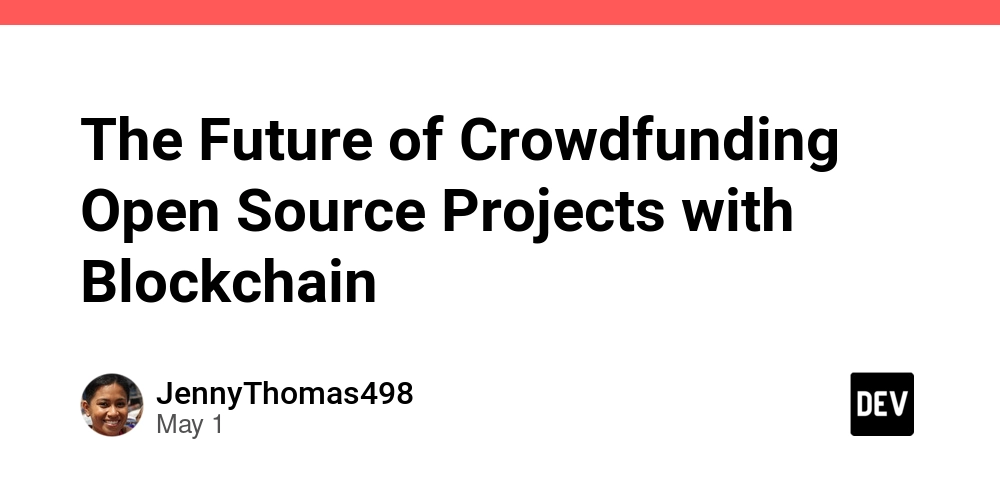
Abstract:
This blog post explores the convergence of blockchain technology with crowdfunding for open source projects. We dive deep into how platforms like Gitcoin, Open Collective, and KickICO are reshaping funding models. With technical insights, historical context, practical use cases, and upcoming trends, we illustrate how blockchain achieves transparency, security, and democratization in project funding. We also shed light on challenges such as regulatory hurdles and technical scalability, while providing support through tables, bullet lists, and relevant backlinks to authoritative resources and insightful Dev.to posts.
Introduction
Open source projects have long benefited from community-driven funding models. In recent years, blockchain has disrupted traditional fundraising by offering unmatched transparency, decentralization, and security. This innovative paradigm shift is redefining the way developers secure monetary support for projects. By integrating crowdfunding with blockchain, open source communities are now empowered to build sustainable and reproducible ecosystems. In this post, we will analyze how this transformation is revolutionizing funding models, discuss key platforms, and consider the next steps in this exciting journey.
Background and Context
Crowdfunding and Open Source Development
Historically, open source software has thrived on voluntary contributions and donations. Traditional platforms like Patreon and GitHub Sponsors have provided avenues for developers. However, these channels sometimes struggle to meet the financial needs of evolving projects. Crowdfunding bridges this gap, but when integrated with blockchain, the results promise greater accountability through tokenization and decentralized finance (DeFi).
Blockchain: A Primer
Blockchain technology is essentially a decentralized ledger that stores data across multiple nodes. Its benefits include:
- Transparency: Every transaction is verifiable.
- Security: Cryptography prevents tampering.
- Decentralization: No central authority controls the network.
These features create a perfect environment for open source crowdfunding, ensuring that project funds are allocated as intended.
Ecosystem Evolution
Platforms such as Gitcoin and Open Collective have already bridged the gap between sponsors and developers. Gitcoin, for example, leverages quadratic funding to ensure that smaller contributions can compete with larger ones, emphasizing community input. Similarly, services like KickICO combine the ideas from platforms like Kickstarter with blockchain innovations, providing unique ecosystems for ICOs and token sales.
Below is a table summarizing key features of these platforms:
| Platform | Core Focus | Key Feature | Technology Integration |
|---|---|---|---|
| Gitcoin | Open source funding via crypto contributions | Quadratic Funding | Blockchain-based crowdfunding |
| Open Collective | Global contributions for projects | Transparent contribution display | Integration of cryptocurrencies |
| KickICO | Crowdfunding with ICO capabilities | Comprehensive token ecosystem | Combines traditional crowdfunding with blockchain |
Core Concepts and Features
Several key concepts make blockchain-enabled crowdfunding compelling for open source initiatives:
Tokenization of Contributions
Tokenization allows for representing contributions as digital tokens. This method simplifies transactions, rewards early supporters, and ensures accountability through immutable records. Additionally, tokenized rewards can later translate into governance rights or even revenue sharing in some projects.
Quadratic Funding
Quadratic funding is an innovative mechanism that balances large and small contributions by amplifying the influence of smaller donors. This method blurs the line between individual and institutional contributions, empowering every stakeholder. Platforms like Gitcoin have implemented quadratic funding successfully, demonstrating real-world applications in community-driven finance.
Decentralized Governance
Blockchain technology fosters decentralized governance, where decision-making is distributed across stakeholders. This structure encourages a more democratic allocation of funds, reducing risks associated with centralized control. Whether it is through DAOs (Decentralized Autonomous Organizations) or token-based voting systems, community governance is a cornerstone of sustainable funding in open source developments.
Security and Transparency
With blockchain, every transaction and funding decision is recorded in a public ledger. This level of transparency builds trust among contributors and developers alike. Auditable funding flows minimize fraudulent activities and increase the reliability of large-scale contributions.
Integration with Established Platforms
Many platforms, while not born on blockchain, are exploring cryptocurrency integration to bolster funding capabilities. For instance, Open Collective is venturing into blockchain-based solutions to merge traditional and innovative financial models.
Applications and Use Cases
Blockchain-enabled crowdfunding has found several innovative applications in the open source community. Some practical examples include:
Use Case 1: Community-Powered Bug Bounties
Developers can create decentralized bug bounty programs where contributions are accepted as tokens. Contributors receive tokens based on the success and impact of their solutions. These micro-incentives ensure that financial rewards are aligned with community feedback. For example:
- Scenario: A security vulnerability is reported and fixed.
- Mechanism: Quadratic funding allocates a fair share of tokens to the contributor.
- Outcome: Enhanced security and equitable rewards distribution.
Use Case 2: Decentralized Funding for New Feature Development
Open source projects often require specific features to attract wider adoption. Blockchain-based funding enables developers to raise capital directly from users who value these features.
- Scenario: A project needs to implement a new API.
- Mechanism: Through a DAO, community members vote on allocating funds.
- Outcome: Development proceeds with transparent budgeting, ensuring community needs are met.
Use Case 3: Integrating NFT-Based Licensing
Some projects now leverage NFTs (Non-Fungible Tokens) to represent open source licenses. This tokenized approach not only standardizes licensing processes but also generates a continuous revenue model.
- Scenario: A software license is issued via an NFT.
- Mechanism: The NFT confirms terms and integrates with smart contracts.
- Outcome: Developers benefit from ongoing royalties, and users gain a verifiable, transferable license.
Challenges and Limitations
While the future appears bright, challenges remain for integrating blockchain into crowdfunding for open source projects:
Technical Hurdles
- Scalability: As more transactions are executed, blockchain networks might face congestion and increased transaction fees.
- Interoperability: Integrating blockchain platforms with existing open source ecosystems requires standardization across different protocols.
- Security Risks: Although blockchain is secure by design, smart contracts are not immune to bugs or vulnerabilities. Continuous audits and stringent testing are crucial.
Regulatory Barriers
Various jurisdictions have different regulatory frameworks. The classification of tokens and ICOs can invite regulatory scrutiny. Developers and contributors must navigate these legal complexities to ensure compliance.
User Adoption
Transitioning from traditional funding methods to blockchain-based systems may be challenging:
- Learning Curve: New contributors and sponsors need to understand how to use digital wallets and manage tokens.
- Trust Issues: Early adopters might hesitate due to potential CEX (Centralized Exchange) vulnerabilities or issues with token valuation.
Funding Volatility
The cryptocurrency markets are known for their volatility. This can lead to fluctuations in the value of funds raised, complicating budget planning and long-term project sustainability.
Key Challenges in Bullet Points:
- Scalability and network congestion
- Interoperability with current systems
- Regulatory and legal uncertainties
- Steep learning curve and trust issues
- Market volatility affecting funds
Future Outlook and Innovations
The future of blockchain crowdfunding for open source is filled with promise. Here are a few trends likely to shape the industry:
Enhanced User Experience
Improving the usability of blockchain platforms will drive adoption. Investments in intuitive wallet interfaces and streamlined funding portals are expected to lower the entry barrier for non-technical contributors.
Evolution of DeFi Integration
With the convergence of decentralized finance (DeFi) and crowdfunding, future systems may offer more complex financial products such as:
- Staking Programs: Contributors can stake tokens to receive rewards.
- Liquidity Pools: Projects may create pools that support continuous funding and token credit systems.
- Lending Platforms: Tokens can be used as collateral for loans, providing an added layer of financial flexibility.
Cross-chain Development
Interoperability solutions between various blockchain networks (as explored in DeFi crowdfunding articles on Coindesk and Decrypt) will become more robust. This will allow open source projects to tap into capital from diverse ecosystems without being limited to one blockchain’s constraints.
Institutional Adoption
With growing interest from institutions in blockchain technology, more traditional funding bodies may begin to support open source projects via blockchain channels. As solutions mature, regulatory clarity is likely to improve, thereby encouraging mainstream investments.
Developer Advocacy and Community Engagement
Platforms such as Gitcoin have already demonstrated the value of incentivizing open source contributions. Future innovations may see more advanced governance models where developers have greater autonomy and reward recognition through decentralized applications (dApps). Check out insightful Dev.to posts like Financial Sustainability in Open Source Projects and Crowdfunding for Blockchain Startups for more details on these approaches.
Summary
In conclusion, the integration of blockchain with crowdfunding represents a transformative shift in how open source projects are funded and developed. Key platforms like Gitcoin, Open Collective, and KickICO demonstrate how blockchain can ensure transparency, security, and democratization. Despite challenges such as scalability, regulatory compliance, and user adoption, the evolving landscape promises numerous opportunities for innovation and improved funding models.
Blockchain has enabled:
- Tokenization of contributions,
- Quadratic funding to level the playing field,
- Decentralized governance that allows communities to make collective decisions, and
- Enhanced transparency for all transactions.
While technical and regulatory challenges remain, the outlook is positive as the ecosystem evolves with focused efforts on improving user experience, DeFi integrations, and cross-chain interoperability.
Additional Resources for Further Reading:
- The Future of Open Source with Blockchain Integration
- Sustainability of Open Source through Tokenization
- Tokenizing Open Source Licenses
- Blockchain and Digital Rights Management: A Revolutionary Synergy in a Digital Era
- Navigating the Future of Decentralized Decision Making: Arbitrum and On-chain Governance
These resources provide additional insights into the transformative power of blockchain-based innovations in funding and governance.
Conclusion
The convergence of blockchain technology with crowdfunding offers a new paradigm for open source projects. By leveraging transparency, security, and decentralized governance, developers are now empowered to build sustainable, community-driven solutions. Although challenges remain, continuous technological innovations and growing institutional interest pave the way for future breakthroughs in this space.
The journey from traditional crowdfunding to blockchain-powered funding is only beginning. With contributions from both the community and visionary platforms, the open source ecosystem stands to gain tremendous benefits from this transformative approach.
Embracing this new era also means acknowledging the importance of regulatory frameworks, user education, and cross-industry collaborations. With the right balance of technology and community engagement, blockchain-enabled crowdfunding can potentially redefine the open source funding landscape for decades to come.
Thank you for reading! Your support and passion for innovation help drive the future of open source projects. Stay tuned for more updates and insights as we continue to explore how blockchain changes the game for developers worldwide.
By integrating clear insights, tables, and bullet points, this post ensures that both human readers and search engines can easily parse the valuable content provided. The combination of historical context, technical discussion, and future outlook makes it an essential read for anyone interested in the transformative potential of blockchain in the open source funding arena.




























![Epic Games Wins Major Victory as Apple is Ordered to Comply With App Store Anti-Steering Injunction [Updated]](https://images.macrumors.com/t/Z4nU2dRocDnr4NPvf-sGNedmPGA=/2250x/article-new/2022/01/iOS-App-Store-General-Feature-JoeBlue.jpg)

















































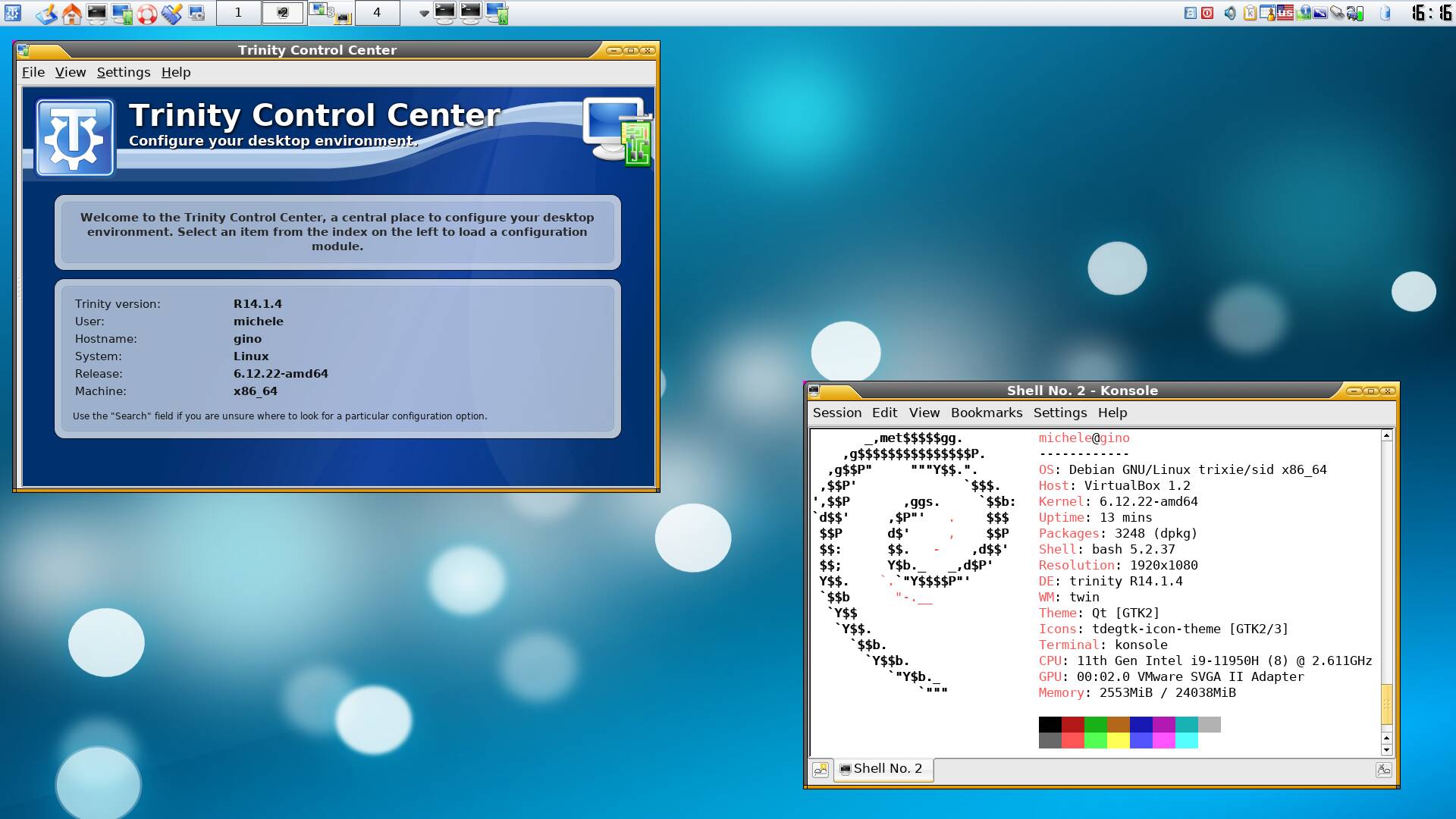

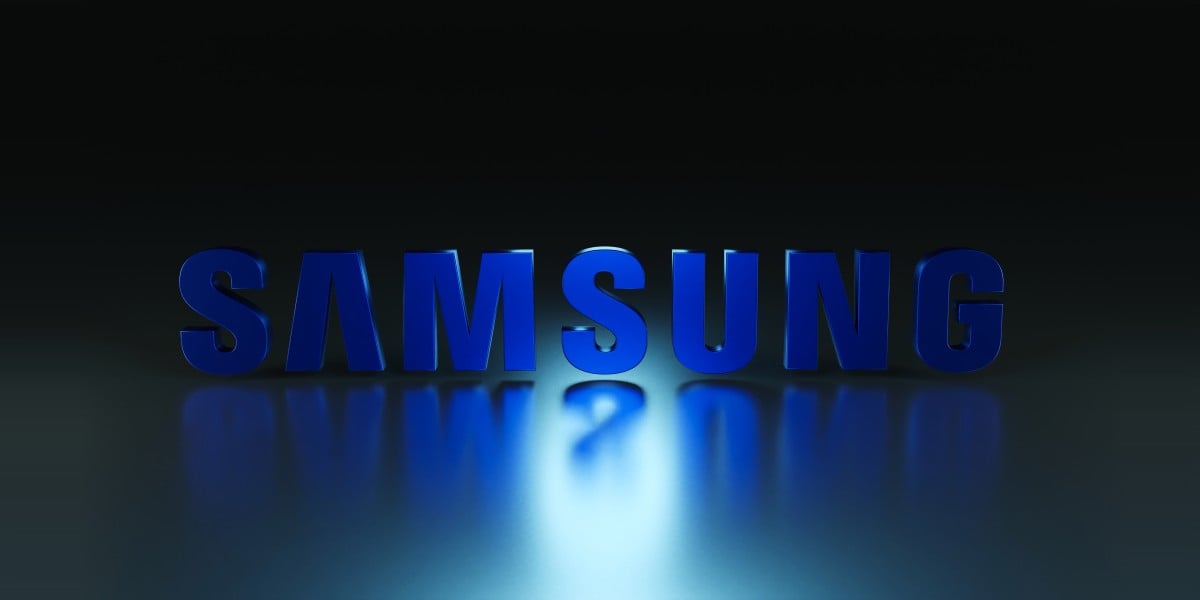
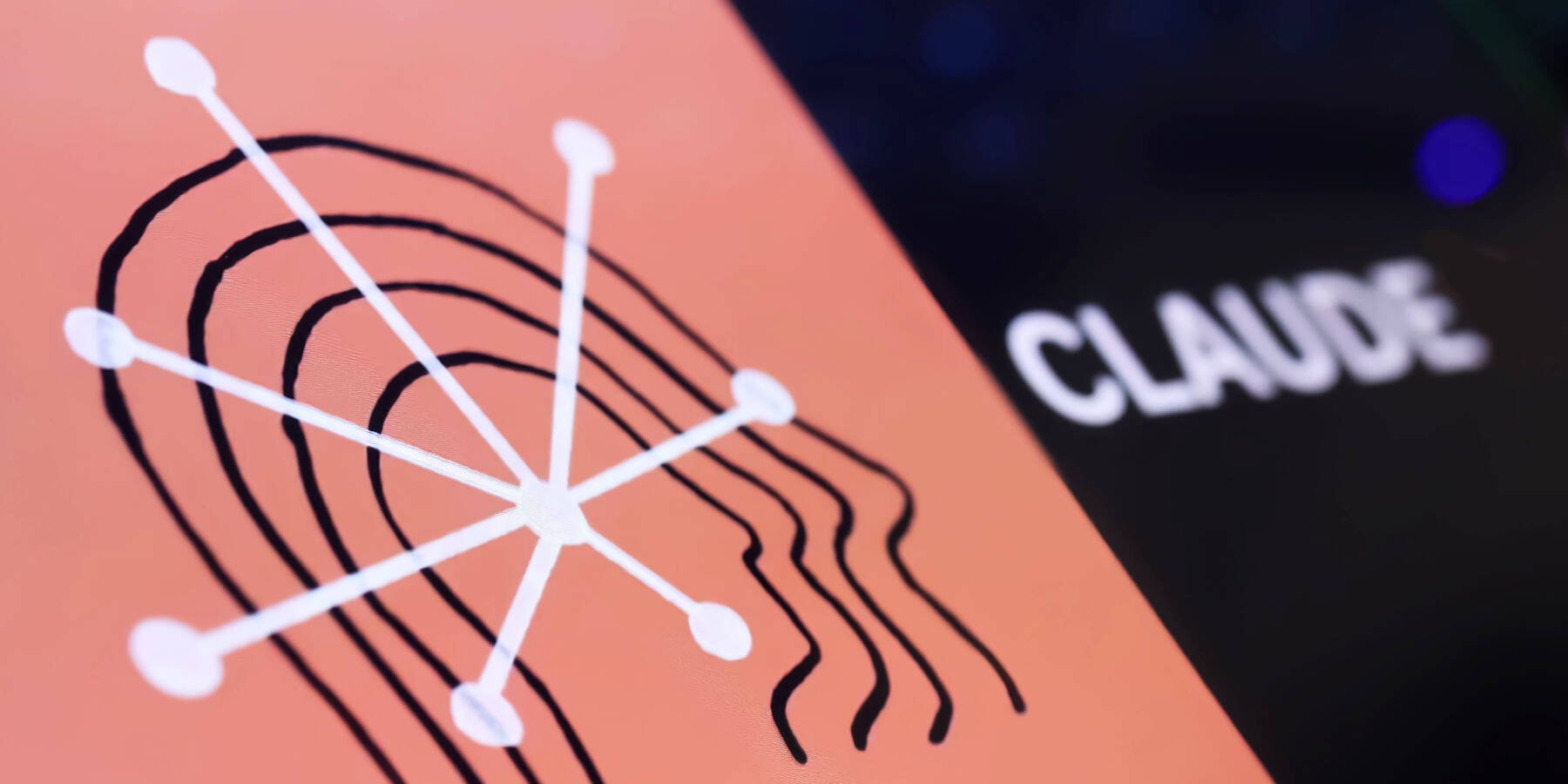








![Google Home app fixes bug that repeatedly asked to ‘Set up Nest Cam features’ for Nest Hub Max [U]](https://i0.wp.com/9to5google.com/wp-content/uploads/sites/4/2022/08/youtube-premium-music-nest-hub-max.jpg?resize=1200%2C628&quality=82&strip=all&ssl=1)



















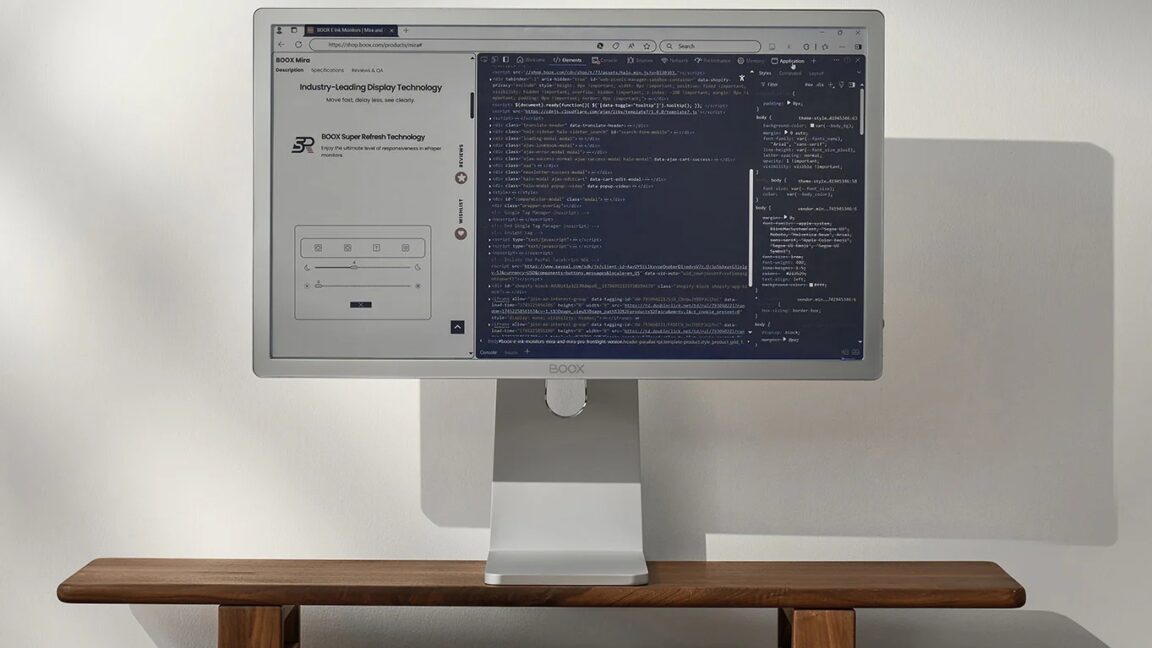






































































.webp?#)






























































































































![[The AI Show Episode 145]: OpenAI Releases o3 and o4-mini, AI Is Causing “Quiet Layoffs,” Executive Order on Youth AI Education & GPT-4o’s Controversial Update](https://www.marketingaiinstitute.com/hubfs/ep%20145%20cover.png)


















































































































